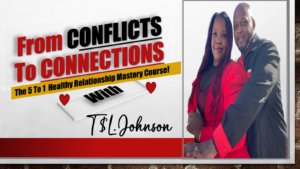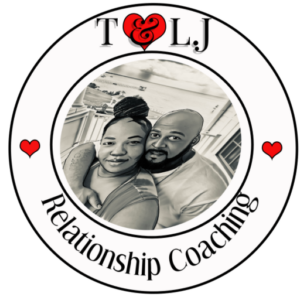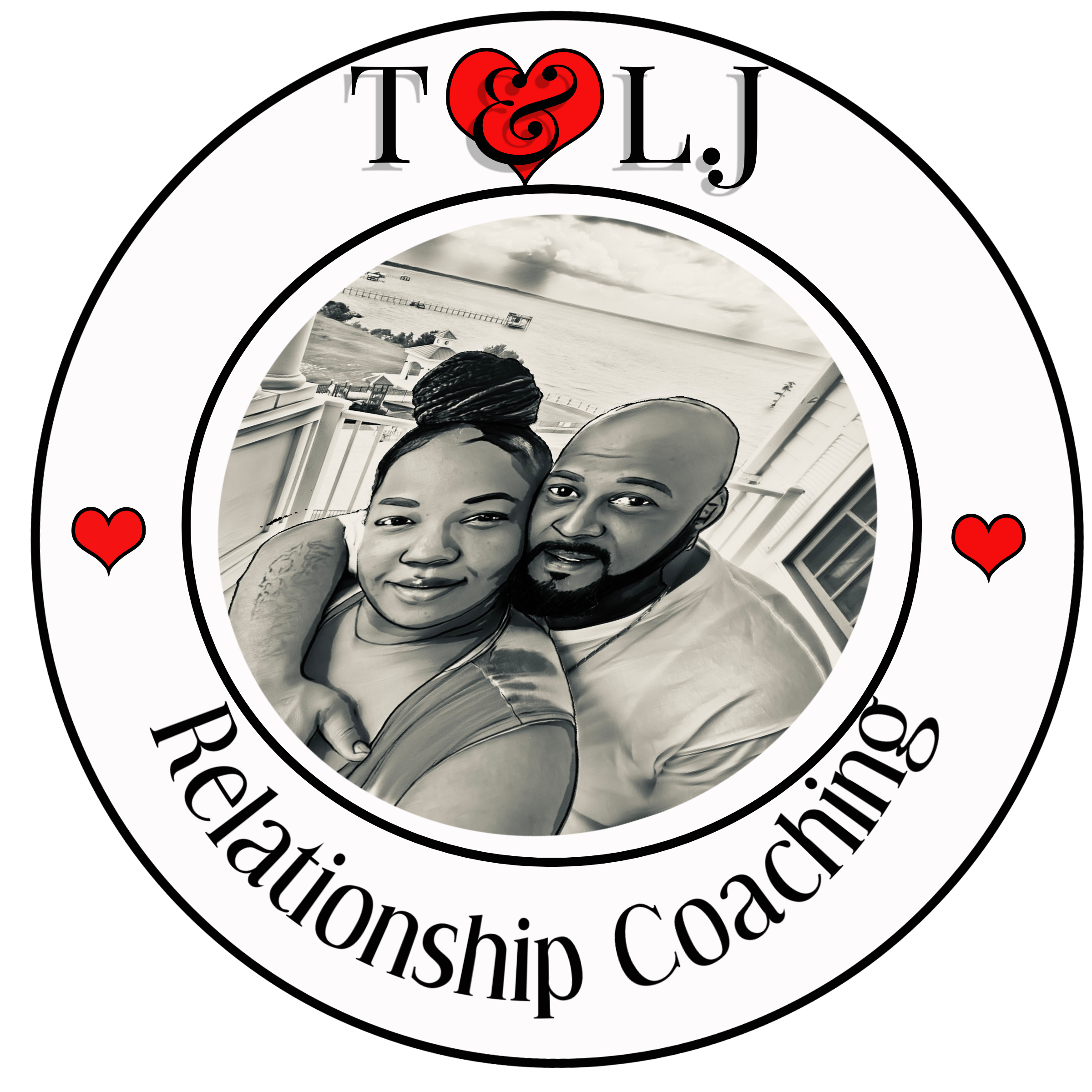Recognizing the Storm
Understanding Misunderstandings
It all starts with recognizing that not everyone sees things the same way. I’ve been there, had those awkward moments where I thought I understood someone, only to find out I was way off base. Misunderstandings can occur for a variety of reasons, like cultural differences, personal experiences, or even simple miscommunication. It’s vital to acknowledge that these bumps in communication are a usual part of life.
In my journey, I learned that it’s essential to slow down and truly listen to what others are saying, rather than assuming I know what they mean. When I actively work to pay attention, I often discover layers to their perspectives that I hadn’t considered before. This understanding paves the way to deeper connections.
Embracing the storm of misunderstanding means that we accept that confusion is part of human relationships. I’ve found it freeing to know it’s okay to not get it right every time. The key is to stay open and patient as we navigate those tricky waters together.
Identifying Your Emotions
Next up, I realized that understanding my emotions is just as vital as understanding others. Each time I found myself in a heated discussion or during a misunderstanding, I took a step back to identify what I was truly feeling. Was I frustrated, hurt, or maybe a bit scared? Identifying these emotions helped me to express myself more clearly.
In my practice, I found journaling to be a lifesaver. Writing down my feelings allows me to process and clarify what’s going on inside. Often, I would discover that the emotions I felt during a misunderstanding were disproportionately intense, mostly because I felt unheard.
By being aware of my emotional state, I not only handle misunderstandings with my partner or friends more gracefully, but I also cultivate a deeper sense of empathy and understanding within myself. It’s all about creating a space where both our feelings are validated, no matter how tumultuous the storm feels.
Practicing Patience
Patience is something I’ve often struggled with, especially during misunderstandings. But I’ve learned that taking a step back before reacting can save a lot of heartache. When a storm is brewing, it can be all too easy to lash out in frustration. Instead, I remind myself to take a deep breath and give space for reflection.
One technique I’ve adopted is waiting 24 hours before responding to a heated conversation. This gives me time to cool down and reflect on what actually happened without the clouded judgment that can come from raw emotions. It’s amazing how perspective can shift in just a day.
In practicing patience, I’ve discovered the real beauty behind conflict; it offers opportunities to learn and grow together. When I take that time to pause, I find clarity and often come back to the conversation with a renewed sense of compassion, allowing love to flourish even amidst storms.
Building Communication Skills
Active Listening
You know, one of the most impactful skills I’ve cultivated is active listening. It’s more than just hearing what someone is saying; it’s about being present and genuinely trying to comprehend their feelings and thoughts. I remember one instance where I was so busy formulating my response that I missed the core of what my partner was sharing.
Now, I make a conscious effort to nod, maintain eye contact, and even paraphrase what’s been said to show that I am really engaging with them. This not only reassures the other person but also clarifies any misconceptions before they spiral out of control.
Active listening has transformed my interactions significantly. It creates a safe environment for both parties to express their feelings without fear of judgment, ultimately leading the way for love to shine through misunderstandings.

Expressing Yourself Clearly
Expressing what I feel and think is something I’ve had to learn the hard way. I used to avoid saying what was really on my mind out of fear of conflict. But I found that being open actually makes misunderstandings less likely. A simple phrase can go a long way in diffusing a storm.
Using “I” statements has helped me tremendously. Instead of saying, “You don’t care,” I say, “I feel overlooked.” This subtle change invites dialogue rather than defensiveness and fosters a more loving atmosphere.
Ultimately, clarity is essential. It’s about sharing the truth of what’s in my heart while remaining considerate of the other person’s feelings. This honesty nurtures trust and allows us to weather any storm together.
Seeking Compromise
Finally, seeking compromise is the sweet spot where love blooms amidst confusion. I’ve found that it’s rarely about winning an argument; it’s about coming together to find a solution that honors both perspectives. In my experience, asking open-ended questions, like “How can we solve this together?” invites collaboration.
There have definitely been times when I stood firm on my stance, but ultimately realized that sometimes backing down isn’t a defeat. Instead, it’s a way of affirming my love for the other person and valuing our relationship more than my ego.
By adopting this mindset, I’ve seen misunderstandings transform into opportunities for connection. Each compromise I make feels like a stitch in the fabric of our relationship, making it stronger and more resilient to future storms.
Frequently Asked Questions
1. What are some ways to handle misunderstandings in relationships?
Handling misunderstandings requires patience, active listening, and effective communication. It’s essential to express your feelings clearly and to seek compromises when resolving conflicts.
2. How can I improve my communication skills?
You can improve communication skills by practicing active listening, using “I” statements to express yourself, and ensuring you create a safe space for dialogue. Regularly engaging in conversations can also help you become more comfortable.
3. What role does patience play in resolving conflicts?
Patience allows you to avoid rash reactions during misunderstandings, enabling you to think through responses and gain a clearer perspective, ultimately fostering a more loving and understanding atmosphere.
4. How important is it to understand emotions during misunderstandings?
Understanding emotions is crucial as it helps you articulate your feelings and empathize with others, leading to more constructive conversations and deeper connections.
5. What’s a good way to start practicing active listening?
A good way to practice active listening is to focus entirely on the speaker, maintain eye contact, and paraphrase back what you hear. This shows the speaker you value their thoughts and encourages more open dialogue.

Schedule Your First 20-Minute Coaching
Call With Us Today to see if we fit . You pick the price!
Click Here




